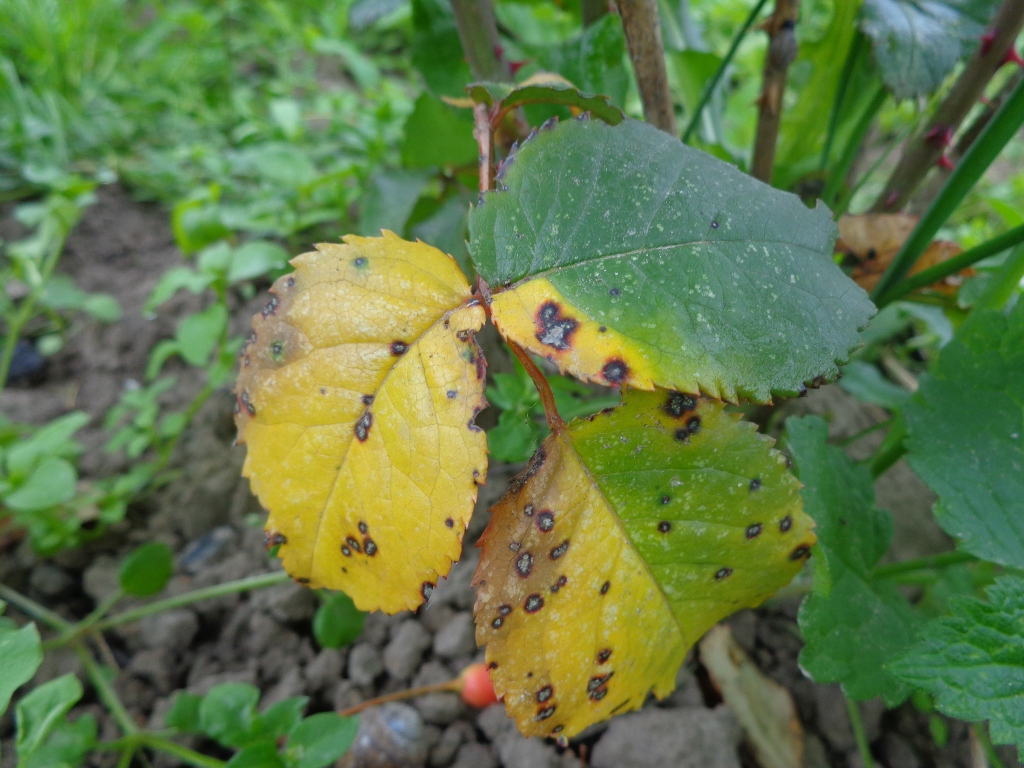
Anthracnose
Sphaceloma rosarum
What is Anthracnose (Sphaceloma rosarum)?
Spot anthracnose, caused by the fungus Sphaceloma rosarum. This fungal infection targets leaves, resulting in reddish spots ranging in hues from brown to deep purple. The spots can coalesce, leading to blighted regions, and occasionally exhibit a shot-hole appearance with central white fragments that can drop off. Additionally, leaf yellowing may manifest as a symptom of the disease.
How does Anthracnose (Sphaceloma rosarum) occur?
Spot anthracnose, caused by Sphaceloma rosarum, reproduces through spore production and dissemination. The fungus forms spores, which are then spread by splashing water, including rainfall and overhead irrigation. The spores can be carried from infected plant parts to healthy ones, initiating new infections. The disease cycle continues as the fungus colonizes and spreads within the host plant, causing symptoms such as red spots on leaves.
Symptoms
1 - Effects on Plants
Spot anthracnose, caused by Sphaceloma rosarum, defoliates plants, reduces flower production, and compromises flower quality. In addition, it stunts growth, diminishes vitality, and increases susceptibility to other stresses.
2 - Effects on Soil and the Environment
• Spot anthracnose can impact the soil and environment in several ways. Infected plant debris can accumulate, becoming a potential source of disease-causing spores. • This can affect soil health and nutrient cycling. The use of fungicides to manage the disease may have implications for environmental health.
Solutions
1 - Prevention
• Choose resistant varieties when possible. • Provide proper spacing between plants to allow for good air circulation. • Avoid overhead watering or limit sprinkler use to minimize water splashing. • Remove and dispose of infected plant debris to reduce the source of inoculum. • Practice good sanitation by cleaning tools and equipment to prevent disease spread.
2 - Treatment
• Monitor plants regularly for early signs of infection. • Apply fungicides according to local recommendations and at the recommended timing. • Rotate between different fungicide groups to prevent the development of resistance. • Ensure thorough coverage of foliage with fungicide sprays. • Prune and remove heavily infected plant parts, ensuring proper disposal.
